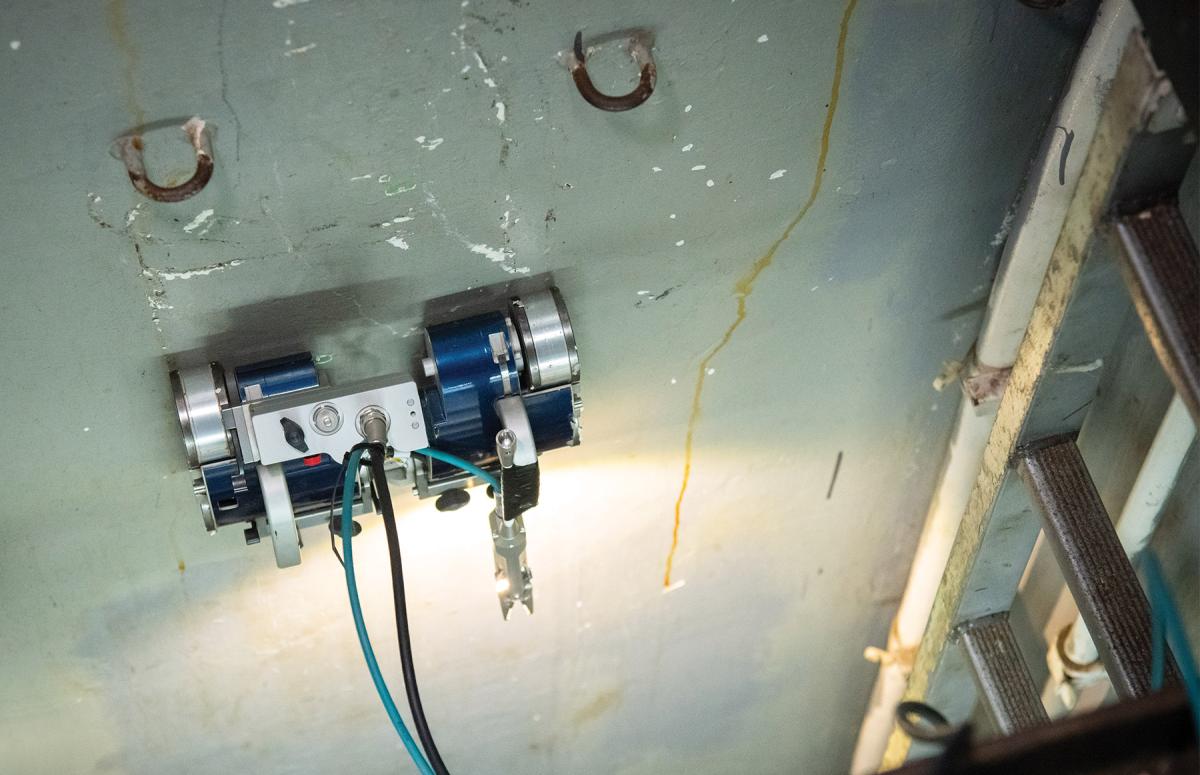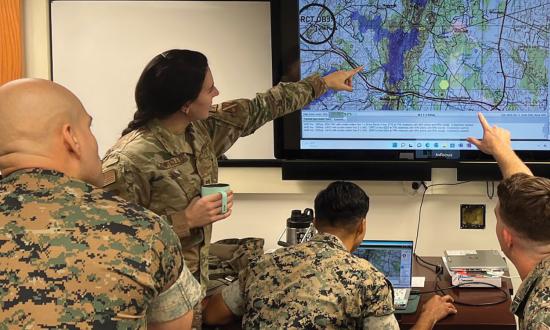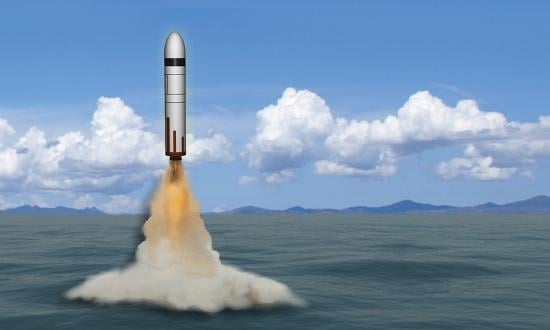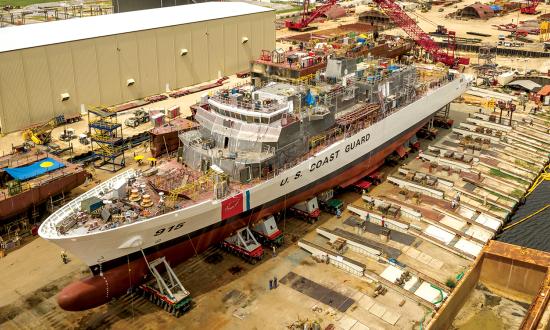There is an old joke about new sailors being taught three things: “If it moves, salute it. If it doesn’t move, grease it. If it still doesn’t move, paint it.” The Navy has spent a lot of effort developing big, expensive, and (to borrow a word) “exquisite” unmanned and autonomous systems. But out of the spotlight, the Navy and industry have been working to develop a whole other category of robotic, autonomous, and semiautonomous technologies designed to keep human warfighters and their platforms in the fight—and to do so affordably (while maybe helping with some of the greasing and painting).
In late August and early September, the Navy put many such technologies to the test in the Repair Technology Exercise (REPTX). The event was held on board the Self Defense Test Ship (SDTS), the decommissioned Spruance-class destroyer Paul F. Foster. The SDTS itself is one of the world’s largest USVs, at least when conned by remote control during many live-fire exercises and tests. But in this case, the ship was tied to a pier in an event run by Naval Surface Warfare Center Port Hueneme (NSWC PHD) as a variety of systems climbed, crawled, and swam around the deck, superstructure, and hull.
In a press release, NSWC PHD’s commanding officer, Captain Andrew Hoffman, said REPTX allows “industry, government, and academia to work side-by-side while exploring innovative maintenance concepts that we can rapidly deliver.” The technologies tested addressed four areas of focus: visualization, forward manufacturing, expeditionary maintenance, and command-and-control aids. Each system tested also had what PHD describes as “a day job”—the ability to contribute to routine operations and maintenance.
REPTX aimed to provide technologists with an understanding of naval operational challenges, and shipdrivers and sailors with an understanding of developing technologies that could be valuable in port and underway. According to PHD, REPTX immersed “the technologies in a variety of shipboard scenarios, such as loss of lighting, an unidentified object on the hull, pipe corrosion and leakage, and damage to the ship’s superstructure.”
Among the technologies tested was the Gecko Robotics’ Phased Array Robotic Platform, which can crawl in three dimensions to inspect tight and damaged spaces that sailors have difficulty accessing. Boston Dynamics’ Spot inspection robot—a four-legged robot whose movement and shape are inspired by dogs—also participated. According to the manufacturer, Spot is capable of inspections including leak detection, thermal sensing, gauge reading, and even laser scanning. A variety of aerial and submersible vehicles were also tested.
While few of these test items are ready for naval primetime, it seems the Navy could soon have some commercial-off-the-shelf systems performing duties on ships. There is no word if any might have the artificial intelligence to distinguish among the saluting, greasing, and painting trifecta.






